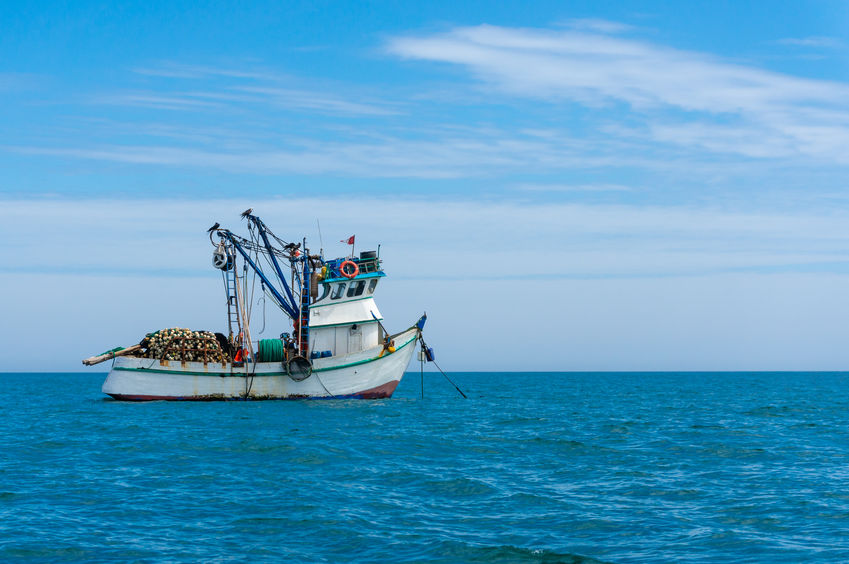In a proclamation issued June 5, President Trump lifted a fishing ban on 4,000 miles of the Northeast Canyons and Seamounts National Monument, located about 130 miles off the New England coast.
The ban on fishing had been slapped on the area in the final days of the Obama administration as part of the executive order creating the marine national monument under the 1910 Antiquities Act. Bitterly opposed by the New England seafood industry and many state and local officials of both parties, Obama’s move spawned lawsuits that have been winding their way through a federal district and the U.S. Court of Appeals for the District of Columbia, with no success, for three years.
“We’re opening it up today,” Trump told a White House roundtable consisting of fishermen and former Maine Republican Gov. Paul LePage. “We’re undoing his executive order. What was his reason? He didn’t have a reason, in my opinion.” (Washington Post, June 5)
“Restoring Sustainable Fishing Activities”
The move was hailed by crabbers, lobstermen, and others whose livelihoods depend on a vibrant seafood industry. Saving Seafood, a fishing industry group, thanked the president “for restoring sustainable fishing activities in Northeast Canyons and Seamounts Marine National Monument.” The group added that fishery management decisions should be made through the robust council process required by the Magnuson-Stevens Act and not through monument designations. Today’s action returns fishery management within the Northeast Canyons and Seamounts to the councils, which successfully managed these areas before the monument was created in 2016 and will continue to do so now.”
In justifying the ban on commercial fishing, Obama and other monument supporters said it would protect the area’s “pristine” quality, even though commercial fishing, and not overfishing, had gone on there for decades. Trump’s proclamation puts commercial fishing on equal footing with recreational fishing, which, under the Obama policy, had not been banned within the monument’s boundaries.
The 1976 Magnuson-Stevens Act (Magnuson-Stevens Fishery Conservation and Management Act) is the primary law governing marine fisheries management in U.S. federal waters. Among other things, it created eight regional councils, which guard against overfishing and seek to protect marine mammals and other species from becoming entangled in lines and nets or from being injured by dangling hooks.
In the aftermath of the 2016 Obama ban on commercial fishing in the new monument, the regional councils have repeatedly asked that fishery management in national marine monuments be returned to the councils.
“Regulatory Burden on Domestic Fishermen”
In a May 2020 letter to Commerce Secretary Wilbur Ross, the councils wrote, “The ban on commercial fishing within Marine National Monument waters is a regulatory burden on domestic fisheries, requiring many of the affected American fishermen to travel outside U.S. waters with increased operational expenses and higher safety-at-sea risks.”
Early in the Trump administration, Reps. Rob Bishop (R-Utah) and Aumua Amata Coleman Radewagen (R-American Samoa) wrote the president calling on the ban on commercial fishing in the monument to be lifted so American fishermen could compete internationally. They then added: “Using the Antiquities Act to close U.S. waters to domestic fisheries is a clear example of federal overreach and regulatory duplication and obstructs well-managed, sustainable U.S. fishing industries in favor of their foreign counterparts.”
